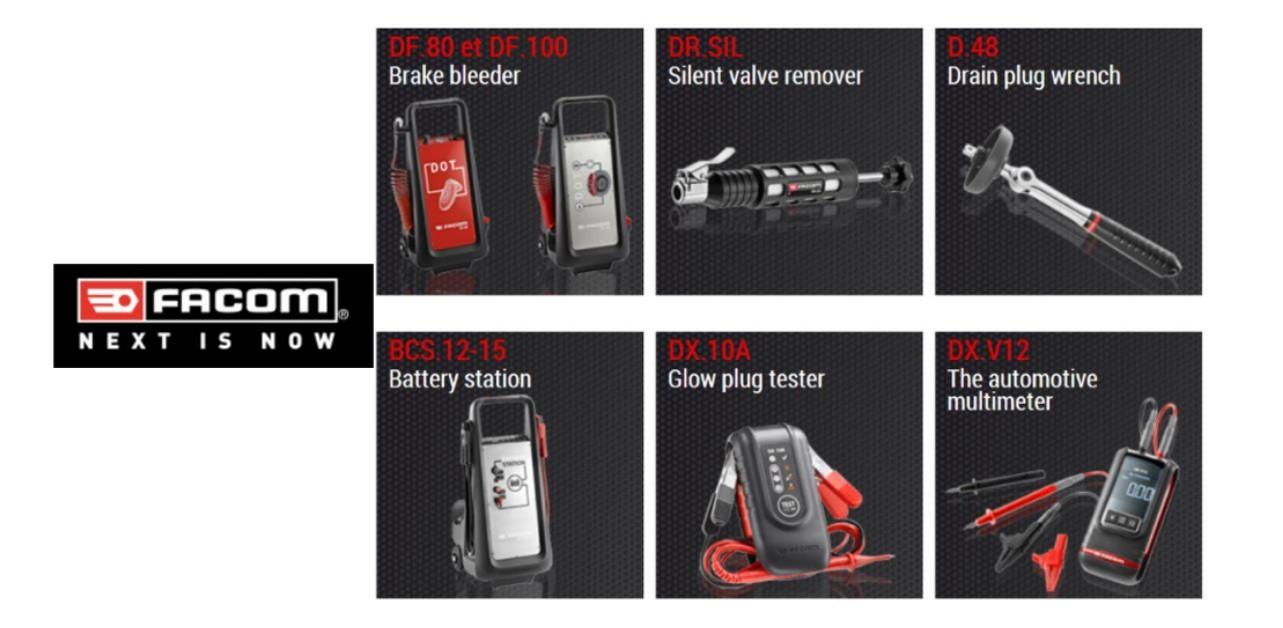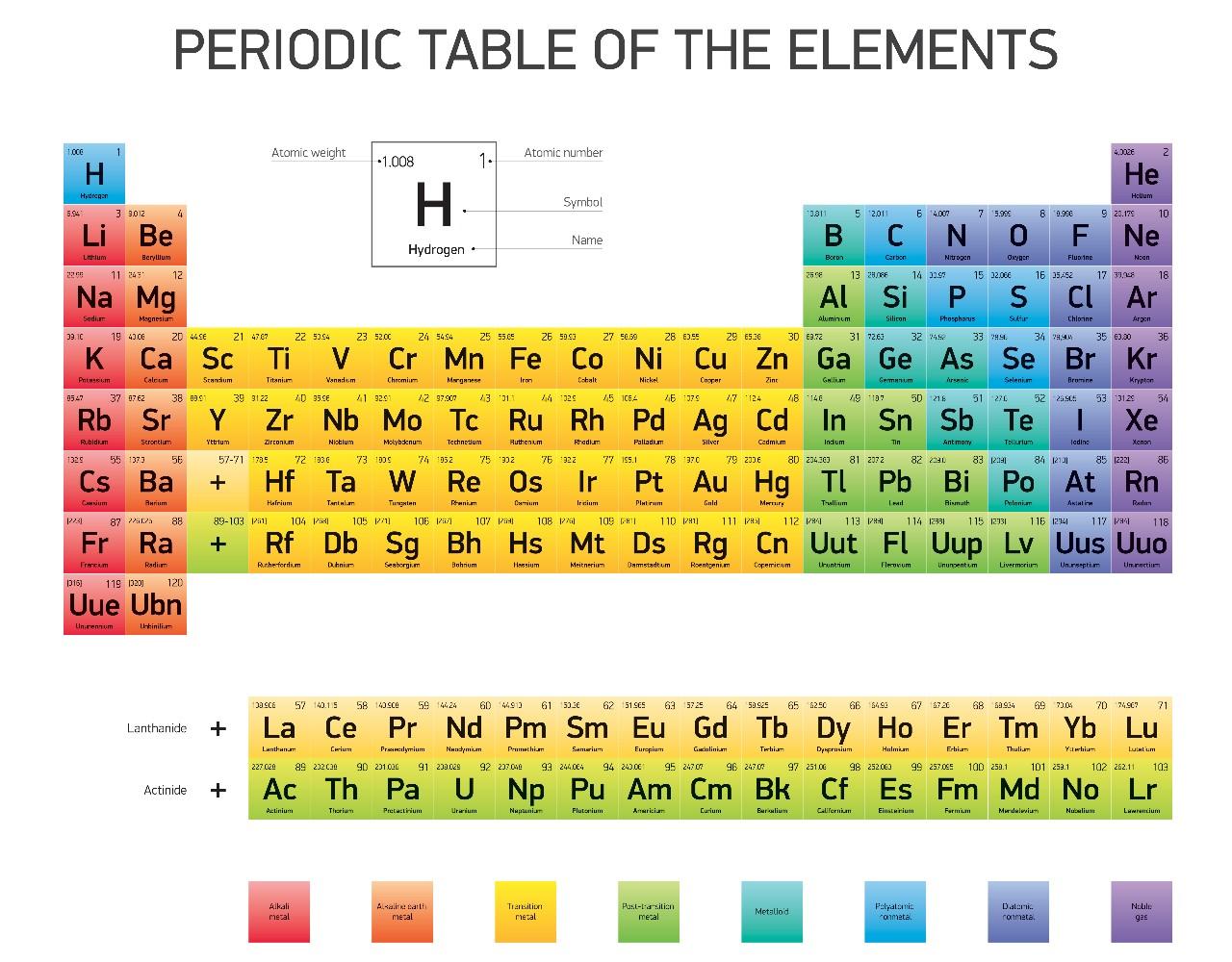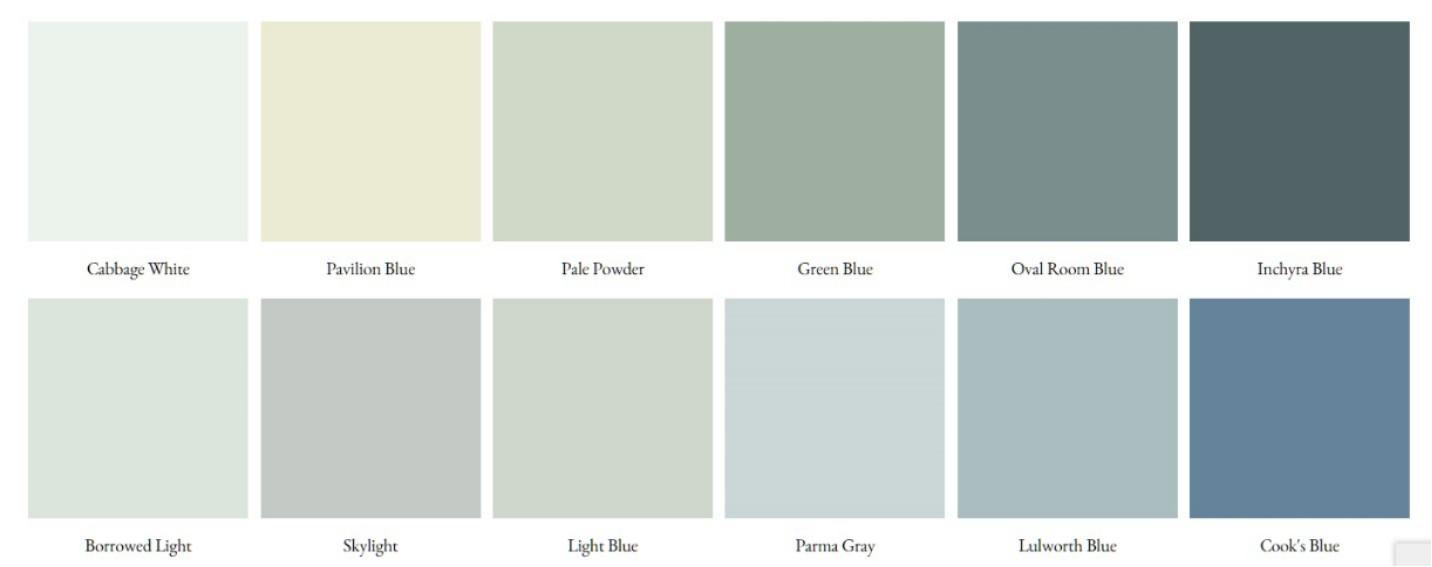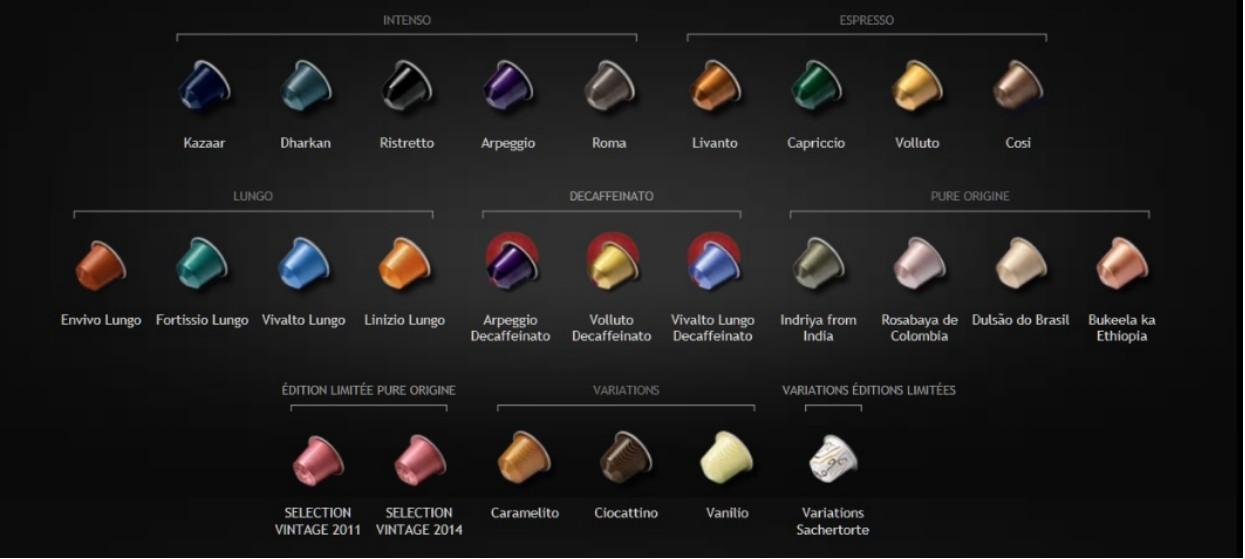

When we talk about nomenclatures, the first thing that tends to come to mind is a complex combination of words and letters, as well as brand naming systems, that seem to be understood only by those experts who created the nomenclature and already understand the product family, attributes, and characteristics that are behind it.

Facom’s complex nomenclature denotes product specifications
This might be the impression you may have when you buy a printer, for instance: what is the difference between the CANON PIXMA TS8051 and CANON PIXMA MG2550S? This impression may turn into a nightmare when you want to buy cartridges and realize you were supposed to learn this alphanumeric combination by heart.
But if you look closely, you will see that a nomenclature, which is defined as a system of names or terms and the rules established to create those names, can work in a very organized and logical way. The two printers EPSON XP-540 and the EPSON WF 3620, for instance, are named after EXPERIENCE (XP) and WORKFORCE (WF), which, once you know it, is easier to remember.
The Mendeleyev Periodic Table of Elements is a great example of a powerful nomenclature as it structures, classifies and informs. But above all, it creates a unique and powerful language (in this case, the language is made of one or two letters, with the second one always in lowercase).

The Periodic Table is a universally-known nomenclature which pairs together alphanumeric combinations.
If we look into the color painting category, however, we can see that nomenclature is not necessarily all alphanumeric.
The British brand Farrow & Ball, for instance, presents its color range with English words and expressions that combine a description of the color with a more emotional touch: Oval Room Blue, Skylight, etc.

Farrow & Ball’s color range highlights an emotional touch.
As for brands, the number of nomenclature needs for brand naming has increased in the recent years due to the influence of 5 following factors:
The consumer is more than ever at the centre of all attention. Many companies who had developed product-characteristics-based nomenclatures– sometimes directly derived from technology/production– are re-exploring their system from a more customer-friendly perspective. In the building industry, for instance, Saint-Gobain Glass has launched recent products with names that are more benefits-related (i.e. SGG Timeless) which differ from their past names (i.e. Planitherm XN). Under this shift, a critical question on change is also raised: should we accept the coexistence of different generations of names or should we change the entire naming system to suit the historical pillars?
Customization is more important than ever. Consequently, many options and variations of product offerings coexist according to different criteria. This can lead to a long series of names, which is evident in the car industry (i.e. the Mini Cooper Countryman All4).
There is, therefore, a need to rank, clarify, organize, and express these multi-entry criteria: it can be the type of finishing touches, the range levels (i.e. IBIS budget, IBIS Style), the sensorial experience, the seasonal variety, or more primary factors that can impact this organization.
In most industries, competitive leadership and consumer loyalty are maintained through innovation. This competitive spirit encourages industries to remain “lively”, agile, and connected to the target. For naming, the challenge is to find a way to make this innovation/improvement visible.
In the car industry, things tend to be kept simple with the addition of the adjective “new”: “The New Scenic,” says Renault on its website. Apple with their iPhone product line has transformed its innovation program into a clearly identifiable nomenclature. Customers are able to identify and rank the different generations of iPhone: iPhone 5, iPhone 6, etc., with the higher number signaling more advanced features and faster processor.
As a consequence of the end of traditional boundaries between sectors, digital transformation, and a service-oriented mindset, consumers experience products in a more complex and multi-dimensional manner. Brands need to help the consumer navigate smoothly along this journey through simplified common threads. Taking the iPhone example again, Apple, by using systematically the “i” letter as a prefix, creates a link between hardware and software and builds a symbiotic system that resonates smoothly all along with the customer’s experience: from the iPhone to iOS 10, to iTunes, and to the iPad.
With the global marketplace becoming home to more mergers and acquisitions, global brands seek rationalization of their portfolio so as to create something readable, simple, and unified under few identified names.
Often supported by legal departments as there is no need to find new names, a centralized nomenclature serves to create consistency across offerings.
As can be inferred from the discussion above, tensions and paradoxes coexist with opportunities. In order to better leverage the 5 brand naming trends, companies need to ask themselves 3 main questions:
The solution of these tensions will be unique for each brand, but it is clear that establishing a nomenclature is the result of balanced choices.
A nomenclature is built from global brand strategy and brand architecture and is influenced by a, the brands; b, the industry; c, the competitive landscape; d, the targets; e, the offerings; and f, the world – looking for best practices and evolutions in other categories is always an important part of the process.
A nomenclature generally is comprised of two parts which are interdependent: the global framework and the navigation system.
Global framework is an output of the global brand strategy that defines the general rules — such as the general “shape” of the names — and creates a global spirit and the overall tone. As the common thread to guide the customer journey, global framework creates the foundation and overarching impression of the offerings.
Global framework can, for instance, define the name type (alphanumeric combination, arbitrary words, existing terms, etc.), language, and the personality of a brand (whether the brand conveys a sense of joy, or creates proximity, etc.).
Audi, for instance, names their models with a very simple and short alphanumeric combination that creates a global sensation of technology, order, and simplicity.

Audi’s car model nomenclature highlights technology, order and simplicity.
Once the general framework is defined and the foundations and tone of a brand set, it is time to create the navigation system. Navigation system is influenced by the brand architecture which has established, from a theoretical point of view, the role and relationship between brands at different levels which needs to be translated verbally. Meanwhile, it also includes the journey through the offerings and the evolution of that journey over time.
Depending on the strategy behind, the intensity of the common thread that helps customers navigate through the offerings can vary from strong to invisible.
We can define three main nomenclature approaches that can be created using all naming aspects: phonetics, semantics, structure and brand personality.

Schneider Electric’s nomenclature repeats “Modicon” for each offering, highlighting consistency.
In this approach, there is a centralized ecosystem – for example, a strong central name – and all services and products are derived from this central name, step-by-step along a specific path. Consistency is therefore very strong. New offers are relatively easy to implement, with very few legal issues.
To differentiate products, services, options, we see an addition of suffixes that describe the activity, targets, or the use cases. Suffixes tend to remain in the shadow of the parent brand.
Over time, with new offers and options, this can result in “sandwich names” that are overstuffed with suffixes and descriptions. Therefore, this system helps in building a strong brand but may be seen as a bit rigid or repetitive over time.
DOLIPRANE, a very well-known headache and pain reliever brand in France, has developed different offerings around other specific symptoms and diseases. Instead of repeating DOLIPRANE for each offering, they simply use the DOLI prefix as the base of name development.

Doliprane’s nomenclature uses the prefix Doli for each offering.
The use of a repeated prefix (as long as this prefix is strong) brings more flexibility to the naming ecosystem while maintaining consistency.
In this strategy, the offerings have specific names that reflect their attributes and/or benefits, but the names share something in common that links them together. This can be:
With channelled navigation, consumers naturally choose their key entry point and then follow set paths to navigate through the product ranges.
There is a medium degree of consistency where diversity is more visible. The global impression is less organized but more lively.
Like members of the same family, links and similarities between names and consequently their offerings may not be visible at first sight, yet they speak the same language, share the same spirit and have common values. The thread is therefore subtle and perceived subconsciously rather than expressed directly.
This invisible thread can be created through:
Ultimately these threads can be combined to deliver a holistic brand personality expressed through the nomenclature. Nespresso, for instance, draws together several of the above factors for a comprehensive brand personality. All names convey a sensorial experience and feeling through meaning and phonetics.

Nespresso’s Nomenclature communicates a sensorial feeling.
Even if the links between offerings seem very subtle, they serve the global brand and nourish each other.
This strategy allows each offering to live on its own and valorises diversity. Consistency is invisible; there is no specific entry point. Instead a global feeling that highlights diversity of experiences is conveyed.
From these 3 strategies, we clearly see that an arbitrage has to be made between homogeneity, consistency, structure and diversity, heterogeneity, and liveliness. We also see that this depends on the role the global brand chooses to take in the navigation process of their consumers: directed, channelled, or free.
However, whichever the strategy we choose to adapt, the nomenclature must be able to anticipate future offerings in respect to all naming aspects (legal, linguistic, etc.). Beyond structuring and classifying, it must leave the doors for new offerings brought on in future years open.
A Labbrand Group Company © 2005-2025 Labbrand All rights reserved
沪ICP备17001253号-3To improve your experience, we use cookies to provide social media features, offer you content that targets your particular interests, and analyse the performance of our advertising campaigns. By clicking on “Accept” you consent to all cookies. You also have the option to click “Reject” to limit the use of certain types of cookies. Please be aware that rejecting cookies may affect your website browsing experience and limit the use of some personalised features.